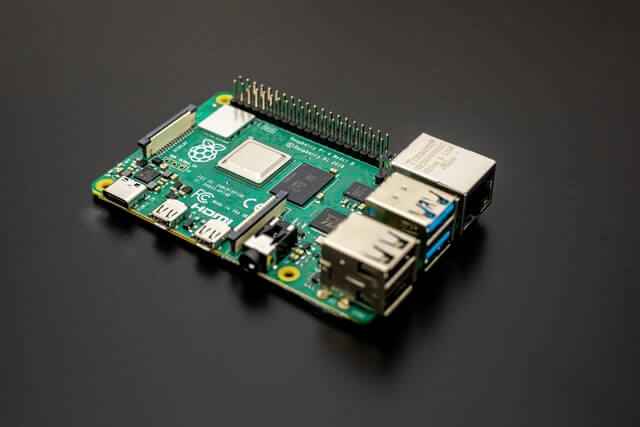There are a few ways to connect a Raspberry Pi to a laptop using HDMI.
- One way is to use an HDMI capture card and software.
- Another way is to connect the Raspberry Pi directly to the laptop via an ethernet cable and use the laptop display as a monitor. However it’s important to note that most laptops do not have an HDMI input so this method may not work for all laptops.
- Alternatively you can enable SSH and VNC on the Raspberry Pi and access it from your laptop.
- What Is An HDMI Capture Card And How Does It Work?
- Can You Explain The Process Of Connecting A Raspberry Pi To A Laptop Via An Ethernet Cable And Using The Laptop Display As A Monitor?
- Are There Any Limitations Or Drawbacks To Using An HDMI Capture Card To Connect A Raspberry Pi To A Laptop?
- Can You Recommend Any Specific Software That Can Be Used With An HDMI Capture Card To Connect A Raspberry Pi To A Laptop?
- How Do You Enable SSH And VNC On A Raspberry Pi And Access It From A Laptop?
What Is An HDMI Capture Card And How Does It Work?
An HDMI capture card is a device that allows you to record or stream video and audio from another source such as a gaming console or PC.
It captures the video signal from an external device via an HDMI connection and sends it out to a monitor or TV also via HDMI.
The capture card can be internal meaning it is installed inside your computer or external meaning it connects to your devices on the outside.
Capture cards are commonly used by gamers who want to record their gameplay or stream it live on platforms like Twitch or YouTube.
Can You Explain The Process Of Connecting A Raspberry Pi To A Laptop Via An Ethernet Cable And Using The Laptop Display As A Monitor?
To connect a Raspberry Pi to a laptop display via an Ethernet cable you can follow these general steps:
- Connect the Raspberry Pi to the laptop using an Ethernet cable.
- Power on the Raspberry Pi using a separate power source.
- Configure the network settings on both devices to enable communication between them.
- Open a terminal window on the laptop and establish an SSH connection with the Raspberry Pi.
- Use X11 forwarding to display the Raspberry Pi’s GUI on the laptop screen.
The specific steps may vary depending on your operating system and setup but there are many online tutorials available that provide detailed instructions for connecting a Raspberry Pi to a laptop display via Ethernet.
Are There Any Limitations Or Drawbacks To Using An HDMI Capture Card To Connect A Raspberry Pi To A Laptop?
There may be some limitations or drawbacks to using an HDMI capture card to connect a Raspberry Pi to a laptop.
Some potential issues include:
- Limited resolution and frame rate capabilities of the capture card
- Possible latency or lag in the video feed
- Compatibility issues with certain operating systems or software
However many users have had positive experiences using HDMI capture cards with their Raspberry Pis.
Can You Recommend Any Specific Software That Can Be Used With An HDMI Capture Card To Connect A Raspberry Pi To A Laptop?
One software that can be used with an HDMI capture card to connect a Raspberry Pi to a laptop is OBS (Open Broadcaster Software).
Other options include basic webcam software or screen recording software like Camtasia.
Additionally some users have reported success using capture cards to add a second HDMI port to their laptops.
How Do You Enable SSH And VNC On A Raspberry Pi And Access It From A Laptop?
To enable SSH and VNC on a Raspberry Pi and access it from a laptop follow these steps:
- Enable SSH by going to the Raspberry Pi Configuration menu selecting Interfaces and enabling SSH.
- Enable VNC by opening a terminal window and entering “sudo raspi-config” navigate to Interfacing Options select VNC and choose Yes to enable it.
- Install a VNC viewer on your laptop.
- Connect to the Raspberry Pi using its IP address in the VNC viewer.
- Enter your Raspberry Pi username and password when prompted.
- You should now be able to remotely access the desktop of your Raspberry Pi from your laptop using VNC.
